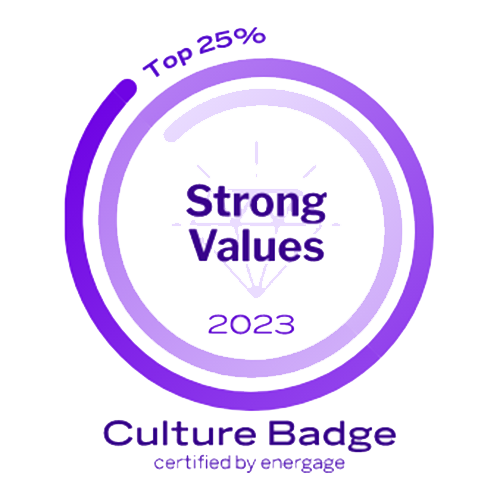This article is our third in a series about hybrid events. In our last post, we discussed best practices for planning and hosting hybrid events. Today we’ll be expanding on those ideas by giving hybrid event examples that can help you choose which event type is right for you.
Not all hybrid events are created equal, nor should they be. When you hear the words “hybrid event”, it may be difficult to form a definite image in your mind. It’s also worth noting that this phrase describes an event’s general format rather than its specific content.
For instance, an “in-person event” could refer to either an incentive trip or a user conference — two vastly different experiences. Just as we recognize various types of in-person gatherings, it’s important to understand there are different types of hybrid events as well.
Archetypal Hybrid Events
The baseline expectation for a hybrid event is that it is able to serve a mix of both in-person and virtual audience members. In its most basic form, this probably doesn’t look too different from a traditional live event. Virtual attendees should have access to all or most of the content presented to the on-site audience.
Some people may even opt to split their time between in-person and virtual attendance. Regardless of format, the experience should be seamless. To achieve this, the virtual infrastructure (such as the platform and app) must bridge the divide and blur the lines between audiences.
The Premium In-Person Experience
The premium in-person experience may very well become the dominant form of hybrid event as time goes on, particularly for large companies that wish to cut their program expenses. Providing a limited live show while accommodating a much larger virtual audience is also an effective strategy for making events open to the public. By streaming events, companies can reach mass audiences with only an incremental increase in costs.
Additionally, those attending in person may be charged a premium fee to be “in the room” for a more exclusive and dynamic experience. An example of this approach is Skift’s Global Forum, in which limited in-person tickets cost $1,142 while online tickets cost $109. In this hybrid event model, it’s not as important to establish parity between formats.
Small Audience, Big Stream
There’s something different about watching virtual programs hosted in front of live audiences. Intermittent bursts of laughter and crowd reactions can make an otherwise passive presentation feel more alive. For some companies, this is a great way to immerse remote attendees in content that feels engaging and natural.
Take TED and TEDx events for example. TED Talks may have started as exclusively in-person conferences, but their explosive rise in popularity occurred online due to TED’s strategic production approach, which involved using cameras that were specifically intended to capture the audience’s reactions. Companies can apply this same technique to charm their own virtual audiences.
Opt-In Approach
It can be difficult to predict the number of attendees who will opt for either a remote or in-person experience. Will one format be heavily favored by the audience, or will there be an even split? Short of owning a crystal ball, one way to plan a hybrid event is to ask your attendees to opt for the format of their choice.
The data of your attendees’ preferences will be collected through the registration process weeks before the event takes place. Your organization can then apply these insights to tailor the event accordingly. If most attendees plan to attend in person, for example, the live portion may receive the most attention. This approach to hybrid event planning gives event professionals the wisdom to avoid guessing games and the flexibility to create an experience worthy of their guests.
The Post-Event Virtual Attendance
In 2021, Julius Solaris, Head of Engagement at Swapcard states, “Business events expect 75% capacity at best (lack of international travel, etc.) in Q3 and Q4. Digital is the only way to break even or make a profit. The misconception is that they need to happen at the same time. They don’t.”
A hybrid event may run first as a live event, only to be re-packaged later for virtual attendees. It can also be digitally archived for later use as an event resource. This option presents a more desirable in-person experience while also minimizing costs.
Understanding which type of hybrid event is best for you will be based on your goals and outcome objectives. Hopefully, this gives you a better idea of what’s possible in the modern event space.
Need help deciding which hybrid event model is right for you?
Reach out to us and let Unbridled lead the way. We believe events are the most powerful way to build connections, whether they’re hosted live, online, or a combination of both.










